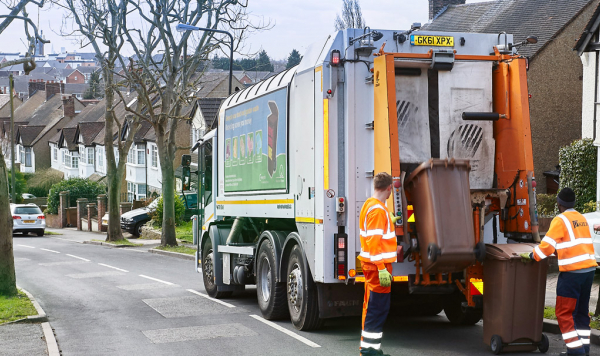Request
how much waste is incinerated per year now? on average how many incinerators are used to do that? how much is that type of waste calculated to increase per year?
Response
Apologies for the delay in coming back to you. We write further to our earlier email acknowledging receipt of your information request (reference 2022-176) under the Environmental Information Regulations 2004.
The table below shows the total residual waste (collected waste that cannot be recycled) treated by NLWA, the amount of this that was incinerated, and a breakdown of the waste incinerated at the EcoPark and at other facilities, from 2018-2021. The figures are given in tonnes.
| Year | Landfilled | Incineration with EfW | Incineration without EfW | Recycled- Composted | Other | Total | Input to third party EfW plants | Incineration with EfW |
| 2018-19 | 64,778 | 526,929 | 890 | 222,866 | 5,051 | 820,514 | 113,048 | 64% |
| 2019-20 | 35,766 | 559,947 | 413 | 219,008 | 5,949 | 821,083 | 52,561 | 68% |
| 2020-21 | 25,431 | 0 | 211,786 | 211,786 | 6,379 | 798,325 | 5,241 | 69% |
The reason for the difference between the total residual waste figures and the total waste incinerated is that some residual wastes are not suitable for incineration and so must be sent to landfill, for example large items that cannot be processed through the waste to energy plant due to their size or shape, are difficult to separate into component parts, and for which there is no viable alternative option for disposal.
The existing energy from waste facility at the Edmonton EcoPark has five boiler lines with a combined capacity of between 500,000-550,000 tonnes a year, though as the plant ages the nominal capacity is not always available due to increased maintenance time. The planned energy recovery facility will have two boiler lines with a combined capacity of 700,000 tonnes a year. The new facility will not need to be at capacity to operate effectively.
The forecast tonnages for residual waste in the seven north London boroughs are available in the Need Assessment submitted as part of NLWA’s application for a development consent order in relation to the North London Heat and Project (NLHPP). The Need Assessment is available on the NLHPP website here. The forecast tonnages are in Table 3.3 on page 49. We have also responded to previous information requests which outline the future residual waste scenarios NLWA have considered.
It is worth noting that the amount of waste requiring treatment is not constant throughout the year. Sometimes more is delivered than can be treated while at other times less is delivered and there is spare capacity.
We trust that this answers your questions. If you would like any further information, please do not hesitate to raise a further information request. If you would like to complain about our handling of information requests, you can do so by emailing this email address (informationrequests@nlwa.gov.uk) or using the enquiry form on our website.


